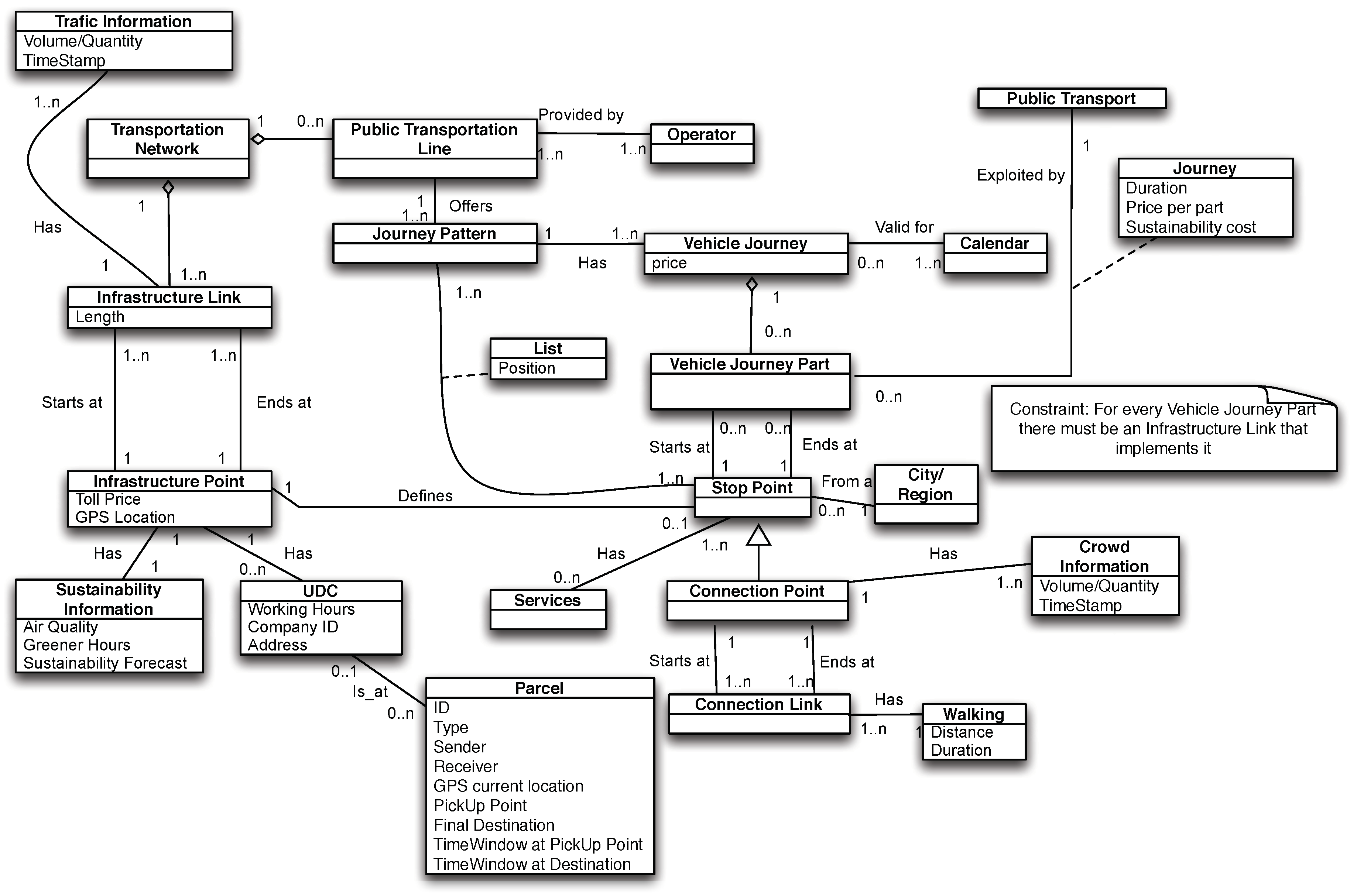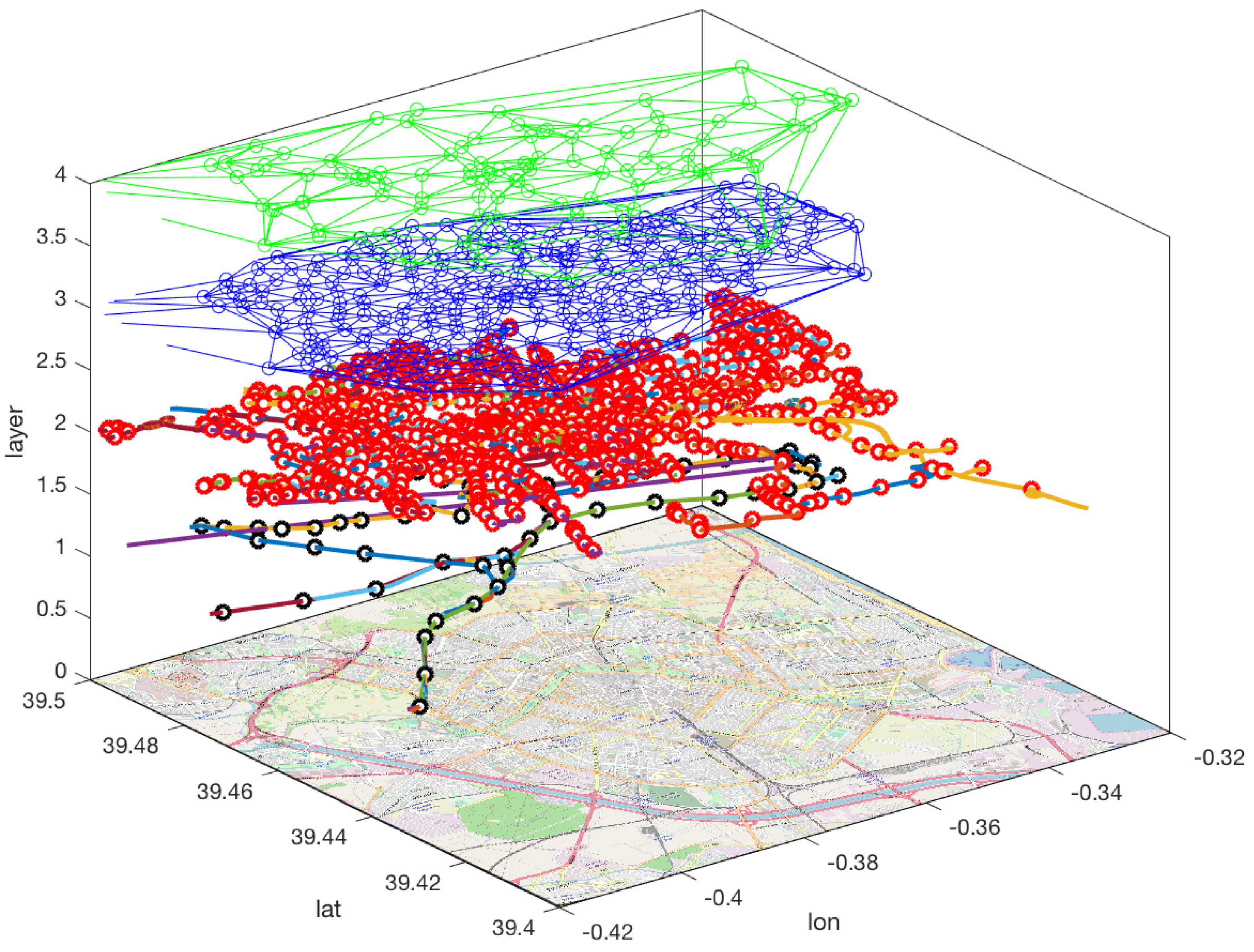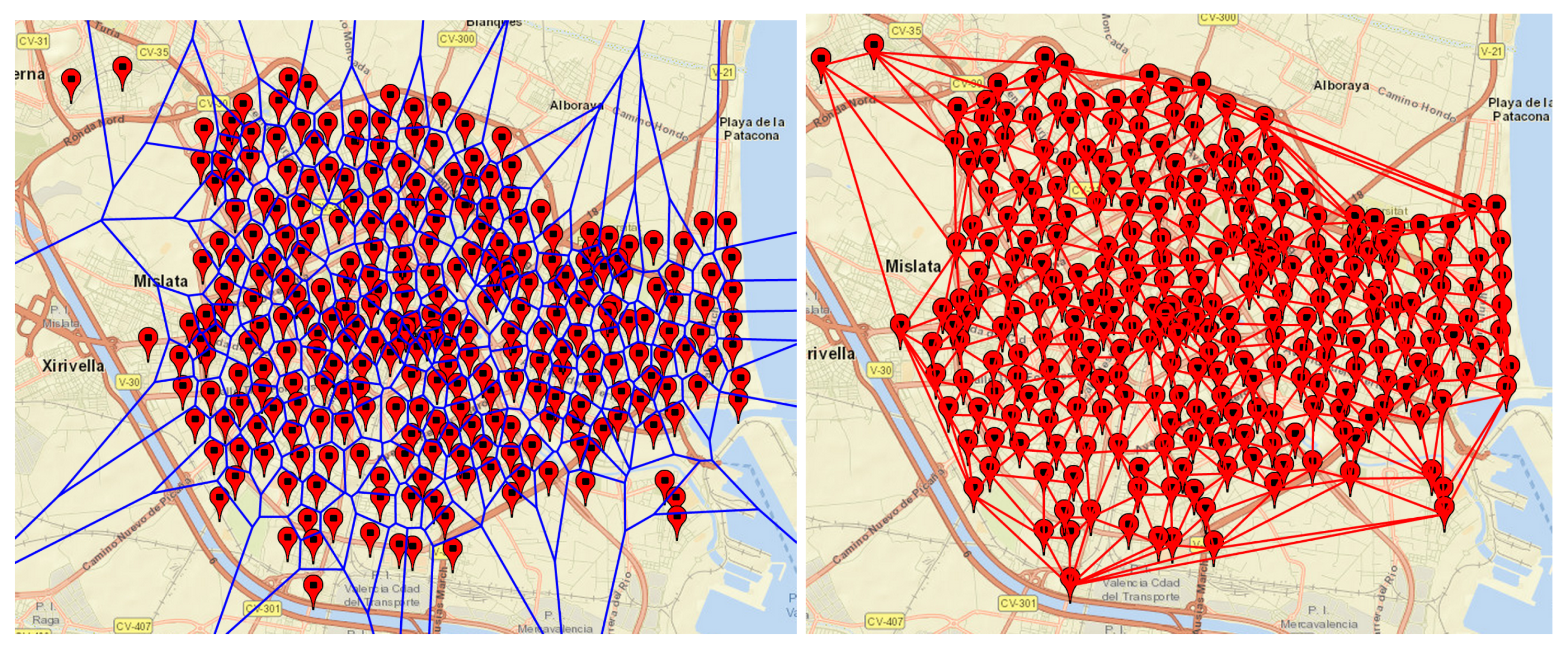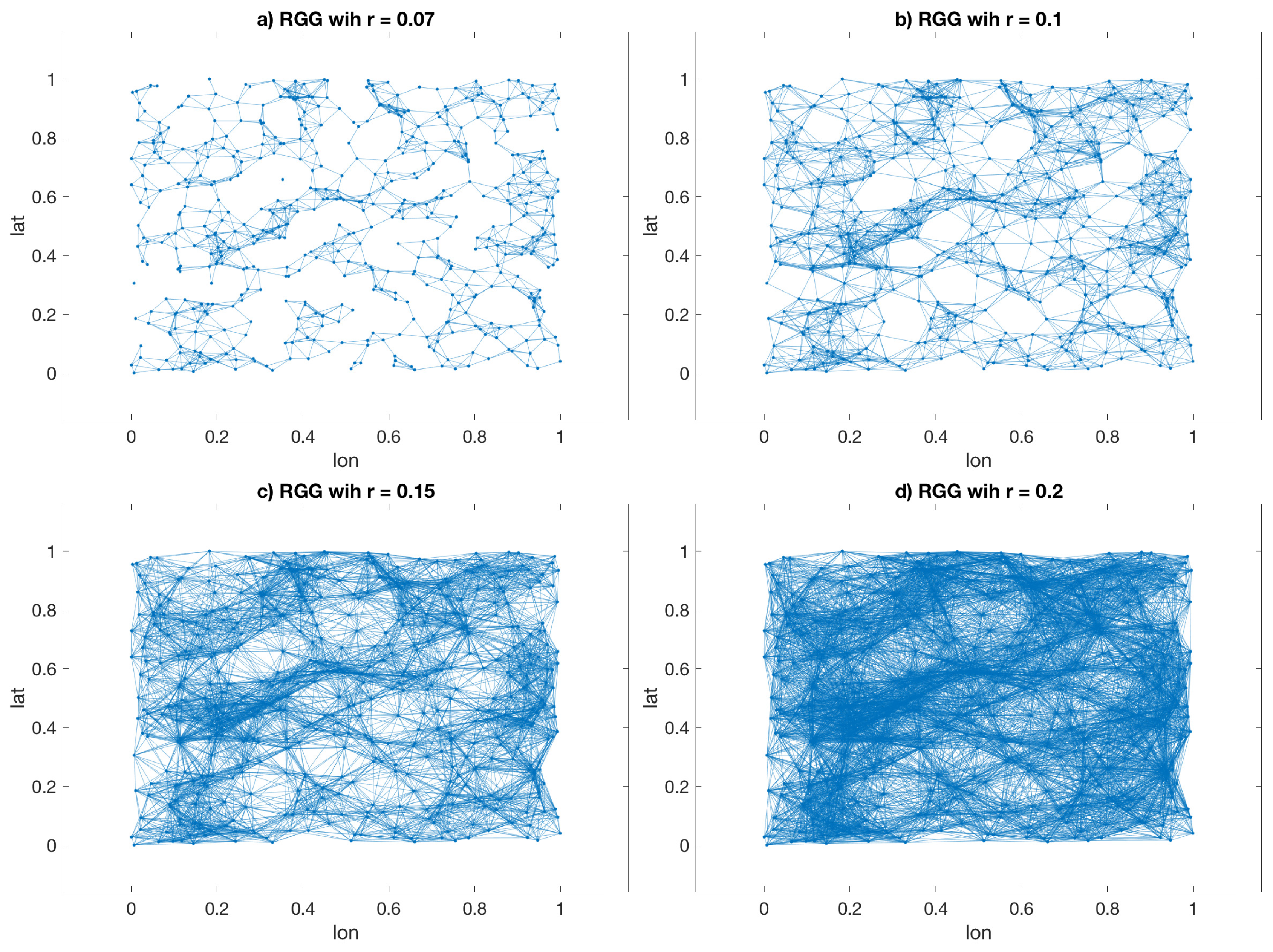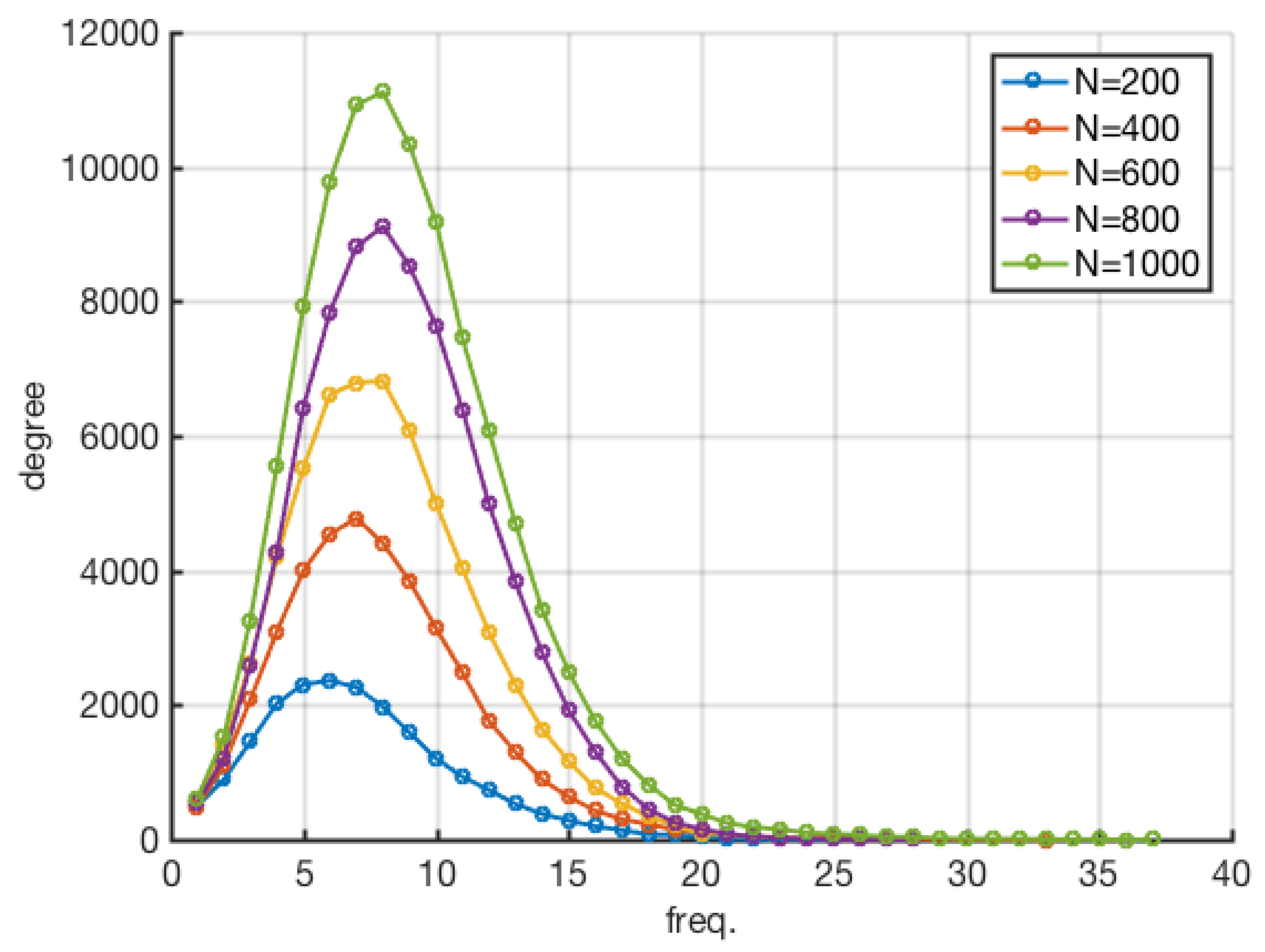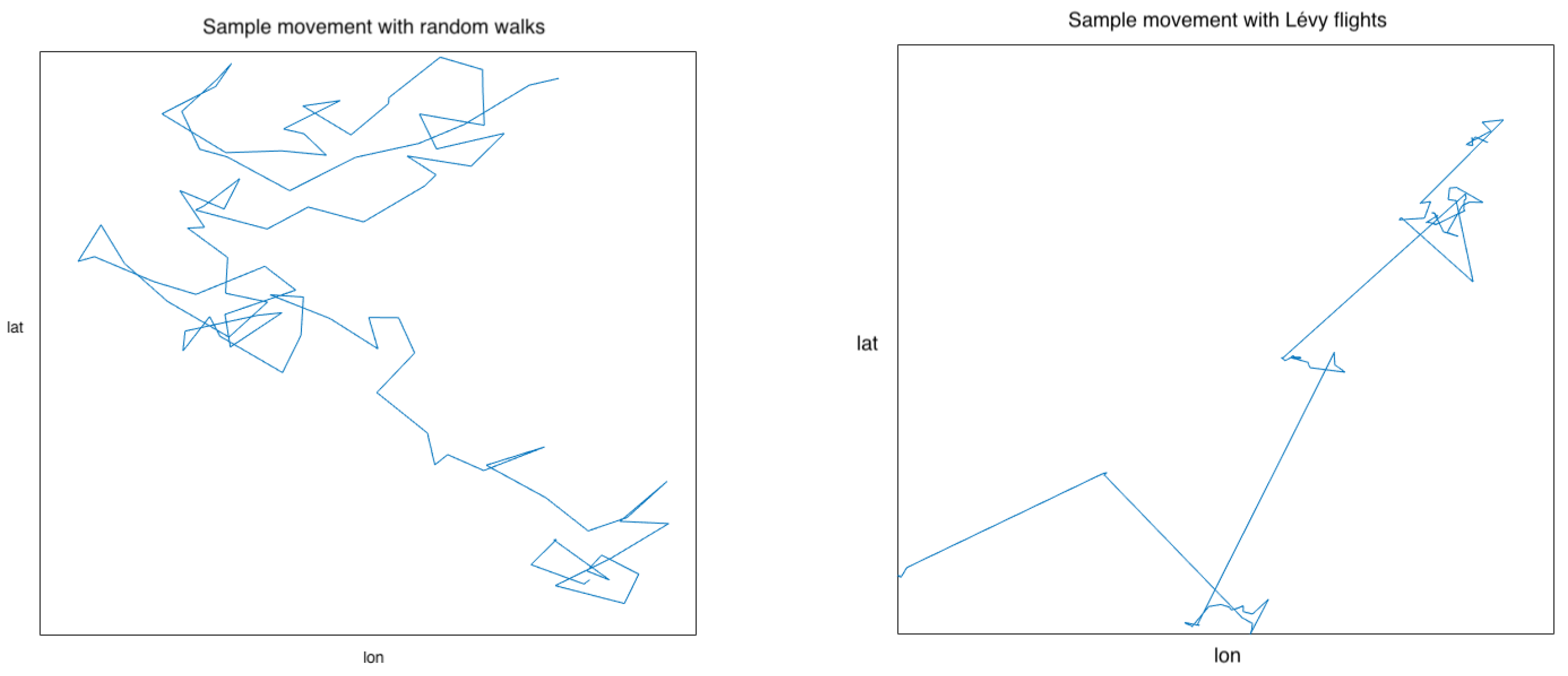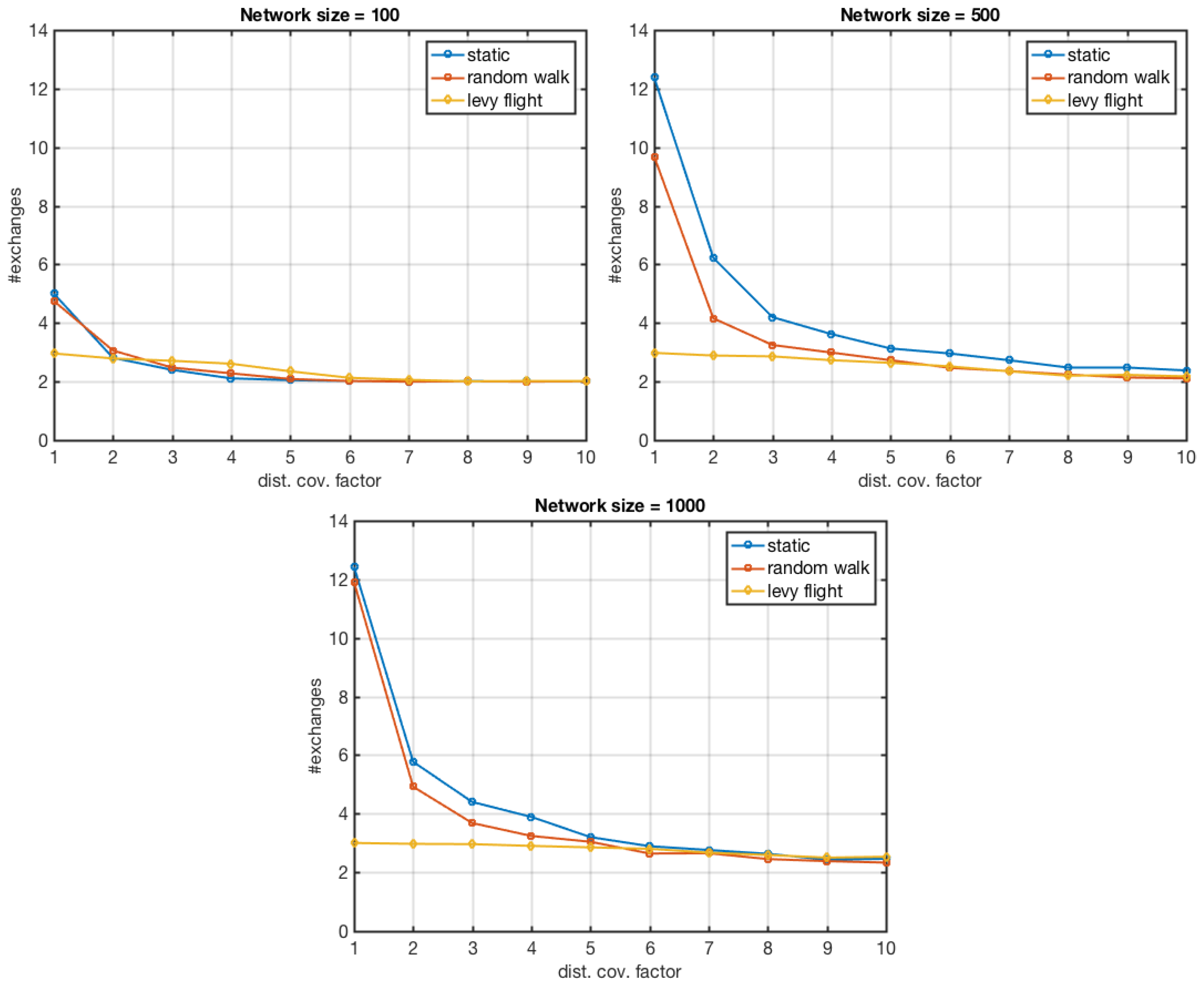1. Introduction
“Intelligent Transport Systems” (ITS) is a generic concept used to apply, in an integrated way, communication technologies, information processing and control technologies to transport systems. The benefits obtained are multiple, such as less time, less money, less consumption and the improvement of the environment. These benefits come to improve the economy of cities and countries.
ITS takes into account all forms of transport as well as all elements: vehicles, drivers, infrastructure, and also the users—all of them interacting dynamically. The main objective of ITS is to develop and provide services (mainly information services) to all involved actors. Particularly, these services are offered to drivers, passengers, owners, vehicle operators, as well as pedestrians and cyclists. Besides, ITS must provide efficient and safe traffic management, which is carried out by transport network operators. This improves the functioning of the entire transport system. Through the use of ITS, road users (motorists, public transport customers, commercial fleet operators, etc.) can make better judgments on their travel decisions.
The adequate mobility of citizens from one city to another is essential for the vitality and health of those citizens and of the city itself. However, today’s cities are growing out of control, making it increasingly difficult to provide efficient, safe and affordable public transport services. Another important factor the makes the situation even more critical is the high volume of parcels that require distribution in the city. This last scenario is the scope of this paper, Last Mile Delivery (LMD), which covers the problem of transport planning for delivering parcels to the final destination in the city, which falls within the scope of the logistics and distribution process.
This paper focuses on the need to provide ITS software tools and services for sustainable transport. Sustainable transport is a term that is ultimately used to indicate a change in the mindset of the transport analyst community in such a way as to try to develop services that minimize damage to the environment. The crowdsourcing concept implements our proposal for sustainable LMD. The idea behind our approach is to take advantages of the movements of the citizens in order to transport parcels and maximize their utility. In this way the movement of the willing-to-deliver citizen will have two outcomes: get the citizen to his/her own destination, and at the same time and without adding new movements to the whole system, get the given parcel to move through an optimized delivery route. The maximization of the utility of the citizens movements can aid in reducing traffic jam, noise and pollutants emissions. Moreover, this benefits can double their value when eco-vehicles are selected such as: bicycle, electronic vehicles, walking, etc.
The proposed approach follows an open and dynamic paradigm. The willing-to-deliver citizens can dynamically become available. New delivery requests appear on-the-fly. A delivery route may be collaboratively executed by different citizens that passes the parcel among them. The transportation mode used by the citizens for the delivery routes and sub-routes may be different, including the public transportation system. Finally, a continuous and real-time geo-localization of the parcel is guarantied.
The main contribution of this work lies on an optimized intelligent and distributed computation of sustainable distribution routes for parcels delivery. The problem to be solved is complex due to the high variability of possible matches, the large volume of data to be analyzed, the integration of different transportation modes (including public, private, and those with different environmental performance), the multiple constraints (time windows, zero-dedicated-vehicles for delivery, economic profitability, zero-deviation from citizens daily routes, etc.), and multi-criteria optimization. To do this, artificial intelligent techniques from multi-agent system and complex-network analysis are used. In concrete the SURF (Smart URban Fleets) framework [
1] is used as a supporting running platform [
2]. An ontology for intelligent transportation systems [
3] is used to capture the environment and data. A Transportation Network Analysis model based on transportation complex network analysis provides the intelligent computation capabilities for finding the optimized routes. In this paper the Transportation Network Analysis model is proposed as the main component of the approach. An in-depth description of the module is presented. Different analysis are described in order to show the performance of the proposed model. Moreover, tests cases are performed in order to demonstrate the feasibility of the proposed solution, achieving a high reduction of the CO
emission.
3. Materials and Method
This section introduces the resources, data, and concepts that must be included to support the crowdsourcing approach for parcels’ LMD with the goal of optimizing sustainability goals (CO emissions, towards a zero-dedicated-vehicles for urban logistic distribution, etc.) while satisfying, at the same time, the economic and temporal goals. Moreover, the methods and techniques that are used to develop the approach are also described.
Smart transport of parcels in a city [
6] is critical for Smart Cities efficient implementation. City logistics must consider the process of logistics optimization and transport activities in an urban area taking into account three pillars: economic, social and environmental. Logistic activities in an urban area require a set of resources (physical and cyber-physical) that are, sometimes, already in place. Thanks to the Smart Cities philosophy and its advantages, many cities have already adopted it and provide a set of information platforms in which open data are provided for developers to build on top of them. These sources provide the materials and resources to work with. Moreover, the cities’ public transportation system is another source of materials that must be integrated into any approach that aspires to reduce dedicated logistics vehicles to access congested urban areas. The citizens that move in the city, due to their own needs and requirements, must also be integrated since in the proposed approach any given willing citizen may become a parcel temporal delivery.
Citizens movements in cities is a complex information system. To appropriately work with the complex data required and the intricate interrelation for combining the different transportation means together with an optimized way for collaborative distribution of parcels by citizens, in this approach, we use a set of different intelligent methods that aids to implement the approach. The different used methods are the following.
In our approach, the collaborative and sustainable distribution of parcels is solved by an open fleet approach [
1]. In this approach, the vehicles (from different transportation modes) may be used by different deliverers for transporting parcels when they, at the same time (as citizens), travel to their own particular destinations. In this scenario for parcels distribution: a new parcel delivery request appears dynamically; the number of vehicles and temporal deliverers are not fix nor uniform; autonomy control (there is no mandatory requirement for a central manager); and the size of the potential deliverers network may be significant.
The advanced techniques behind our proposal come from the specialized research field of Multi-Agent System (MAS) [
32]. Three layers support the execution of the proposal. The first layer is the SURF Framework that provides the required elements for collaborative and trustworthy delivery of parcels. The second layer is the complex network-based module (Transport Network Analysis Module—TNAM) that computes optimized parcels delivery paths and recommend them to the network of temporal deliverers (the crowd). Finally, the third layer is a transportation ontology that facilitates the specification of the particular transportation elements, structures, vehicles, temporal deliverers, particular routes of the citizens and the networks available for moving in the city.
The proposed approach is presented to the users as a mobil application, CALMeD SURF (Crowdsourcing Approach for Last Mile Delivery). In this way the mobil application encapsulates the complex framework and makes it accessible for two type of users: those who want to deliver a parcel, and those who wish to serve as occasional deliverers in an urban area. The users register in the system, and CALMeD SURF locates them in the city in real-time, sharing their position with the SURF Framework. In this way, when there is a delivery request, a dynamic network analysis module uses a network of geo-localized temporal deliverers (provided by SURF) to compute an optimized path for delivering the parcel to its final destination. It is important to point out that, when calculating the optimized path, multiple objectives are used, such as sustainable means, economic issues, temporal constraints, etc. The optimized path may be constructed as a chain of collaborative deliverers in which the parcel is passed to different deliverers that implement different sub-sections (sub-path) of the optimized total path. The main objective is to minimize new emissions originated by paths (or sub-paths) that deviate the deliverer from his/her daily routes (to the store, school, home, work, etc.).
The next subsections describe the main components of the proposed system that support CALMeD SURF.
5. Discussion
To validate the proposal, this section analyzes the proposed model and algorithmic approach. The tests are done using the network data model to represent the city and synthetic data to evaluate the performance of the proposed delivery algorithm.
The network model used to represent a generic city is a random geometric graph (RGG) . It is a graph defined into the boundaries of a unit square , where nodes n are uniformly distributed over the area, and two nodes are connected if their Euclidean distance is at most the radius r. These graphs are interesting because they can introduce geometrical constraints to the network, which is why they are also called spatial networks. One of the most interesting aspects related with the area of this work is related to the epidemic spreading, which has many points in common with the problem addressed in this paper.
To generalize the model, the area of a city is rescaled to a unit square and the rest of measures renormalized to such a scale. For example, the city of Valencia lays on a square of 7 km. The figures in this section use rescaled data. In this way, the axes of the figures are: the X-axis represents scaled longitude coordinates of Valencia and the Y-axis represents scaled latitude coordinates of Valencia.
Figure 5a shows an example of RGG formed by 128 nodes. The circles represent the distance of coverage (or reachability constraint) of each node. Two nodes are connected in the graph (
Figure 5b) if their distance is under the radius. That means that, if the circles overlap, then there is a connection. In our case, two users can exchange a parcel if they are in near each other. In that case, there will be a link between both nodes or the intersection between their radii is not empty. Both concepts are equivalent. To simplify the model, it is assumed that all nodes have the same radius, that is, all the users have the same affordable distance. This constraint can be relaxed, and it does not affect the formalization. It is important to point out that the network must be connected to achieve the desired results. If there are nodes isolated from the rest of the network they will not be reachable. Furthermore, if there are areas that are not covered by any circle, these parts of the city would remain unattended. There are two ways to avoid these situations:
In this section, the effect of both strategies are studied.
To ease the interpretation of the results and the comparisons among different cities, let us use some examples. If the city of Valencia is considered and its area is scaled to the square unit, it means that a distance of 0.1 in the RGG is equivalent to 700 m. The total population of the metropolitan area is around 6500 inhabitants per km
. Our examples use networks from 100 to 1000 nodes. That means that the proportions of the active users of the system vary from
to
approximately. The corresponding distances of coverage for the examples shown in
Figure 5 and
Figure 6 are
for a network with 128 nodes and
for a network with 512, which means distances of 850 m and 450 m, respectively.
Figure 6 compares a RGG of 512 nodes using radius
. The lower value provides a connected network, so there exists a path between any pair of nodes.
Some properties of the system can be ensured and analyzed by the theoretical study of the properties of the network. RGG share most of their characteristics with random graphs, but the spatial limitations establish some differences that have to be considered. For example, if an RGG with 512 nodes is considered, the characteristic measures are shown in
Table 1.
The number of edges indicates the number of connections among the participants. The density provides a measure to compare the proportion of the existing edges amongst all the possible ones (that is, if it were a complete network with paths between any pair of nodes). Next, the average degree denotes how many neighbors the nodes have (on average). We can see how it increases quickly with the distance of coverage. For example, in the last row, the network with radius
has an average degree of 53. That means that each user can exchange a parcel with other 53 users. Equivalently, the area intersects with the area of 53 other people. The average shortest path length and the diameter are measures of the exchanges needed to complete a delivery. The diameter of the network (or the geodesic) is the longest of the shortest paths. It is the maximum number of exchanges needed in the worst case. The average shortest path indicates how many transfers are required on average. For example, an average shortest path of 3 means that we can deliver any parcel just with two exchanges, with a maximum trip of 1.5 km (referred to Valencia). Finally, the clustering coefficient counts how many of the possible triads are present in the network (that is, how many of my neighbors are neighbors among them). This is an essential factor in networks because the combination of high clustering and short average path lengths defines the appearance of the phenomena known as small-world. It is crucial because it improves the efficiency of the network: the information (or the deliveries in this case) need a few exchanges.
Figure 7 shows how both measures evolve as the distance of coverage increases. The small-world effect appears with values of
r from 0.15.
Figure 8 compares the obtained average shortest path lengths for RGG from 100 to 1000 nodes at their minimum distance of coverage
(the minimum distance that guarantees that all nodes are connected). Bigger networks have longer paths because there are more nodes in between and
generates the worst possible scenario.
Another important factor is the degree distribution. It determines how the number of neighbors is distributed among the users. Typically, random networks exhibit a Poisson distribution, which leads to the absence of extreme values, or hubs, that concentrate most of the connections. This is a well-known characteristic of other kinds of networks, in which the degree distribution follows a power law. Anyway, the absence of hubs provides an advantage: networks are more resilient and failure tolerant. There is no central node, which is usually more vulnerable, so the efficiency of the network remains high even when a high percentage of the nodes have been removed.
Figure 9 shows the degree distribution for different network sizes. It can be seen that it follows a Poisson distribution and the median value is bounded between 5 and 10.
In the previous measures, the distance of coverage has been taken into account many times as a critical, lower bound to guarantee the connectivity of the network.
Figure 10 shows the results of a set of experiments to empirically calculate it. RGG from 100 to 1000 nodes have been generated. For each of them, 100 samples have been created, and the obtained distances of coverage averaged. The results decrease from
for 100-node networks to
for 1000-nodes. In the case of the city of Valencia, it represents distances from 1 km to 300 m.
Once the RGG model has been characterized, the movement patterns and the performance of the proposed algorithm has to be checked. Three alternatives are considered.
Static network, where the node remains in the same position.
Model the movements as random walks. This model assumes that users travel short distances.
Model the trips as Levy flights, in which large movements can eventually occur. It is a good model to represent public transport usage, and it has already been used to model animal and human trips.
Figure 11 shows the difference between a random walk and a Levy flight. In a random walk, the distances among two consecutive points are small and similar. Meanwhile, Levy flights combine periods with random walk-like movements with eventual long-range journeys.
Experiments are divided into two sets. The first one analyzes the performance of the algorithms when the networks are formed taking as radius the minimum distance of coverage for each network size. In the second one, different ranges are considered.
Figure 12 shows the results for the first set. As in the previous case, RGGs from 100 to 1000 nodes have been generated. For each of them, 10 samples have been created, and 10 senders and receivers have been randomly chosen for each sample. Results from this 100 executions have been averaged. The obtained paths include the sender and the receiver, so the total number of exchanges excluding the delivery and the reception are
path length 2. Therefore, a path of length 3 involves just one messenger.
The static network is not efficient, as expected. It represents a scenario in which users move only from fixed positions and turn back. It does not exploit the advantages of the mobility of people. Besides, the greedy algorithm does not guarantee the delivery of the parcel, since it can fall in endpoints (in general, RGGs are not navigable). Levy flights are as bad as static networks since the person that carries the parcel eventually can travel far away from the receiver. However, this occurs because they do not take into account the next ubication of the receiver or the candidate neighbors (see the explanation of the algorithm in
Section 4.2). A simple solution is to include in the system information about the next expected position of the different actors. Therefore, the process is slightly modified as follows: the parcel will be delivered to the neighbor that, in its next position, is closer to the next estimated position of the final receiver.
With this modification, two new experiments were carried out and the results labeled in
Figure 12 as “random walk pred” and “levy flight pred”. The introduction of this change barely affects the random walks, but it has a significant influence on the performance of the Levy flights, which now are the best model. In most of the cases, the process is completed without exchanges among messengers (path length = 3), and it is independent of the size of the network.
These results show the performance in the worst case when
for each network size. The second set of experiments analyzes the performance for bigger radii. However, we must ensure that
to guarantee the connectivity. Besides, according to
Figure 10,
varies with the size of the network.
Only three of the networks sizes have been included in the paper to simplify the explanation: 100, 500 and 1000 nodes (see
Figure 13). The radii
r has been chosen as follows. For each network size, the distance of coverage
is calculated. Then, 10 radii are chosen to multiply
by a factor.
, ensuring that
. In all cases, it can be seen that, with a factor between three and four times the
, the parcel can be delivered using at most one exchange between messengers (path length = 4), even in static networks. Again, the Levy flight using the next available positions obtain the best results, almost independent of the distance of coverage.
The section has shown different tests made to show how the idea we are proposing in this work is feasible, that is, to use a crowdsourcing approach to LMD. It has to be underlined that, in the above-shown experiments, as there is not yet available a historic log of the approach, the different experiments have been generated with random loads and with restrictions common to all potential deliverers that are as demanding as possible. For instance, in the experiments, the potential deliverers have 500 m of reachability, in other words, they would be able to move up to 500 m to get or deliver a parcel. In real case scenarios, it would be normal to have users able to move more than this reachability constraint. Moreover, in the experiments, we are assuming deliverers that only use walking routes, so the interaction possibilities are lower than when using public or private transport. Anyway, the experiments have shown that, even in such restricted situations, the crowdsourcing approach can give satisfying solutions.
